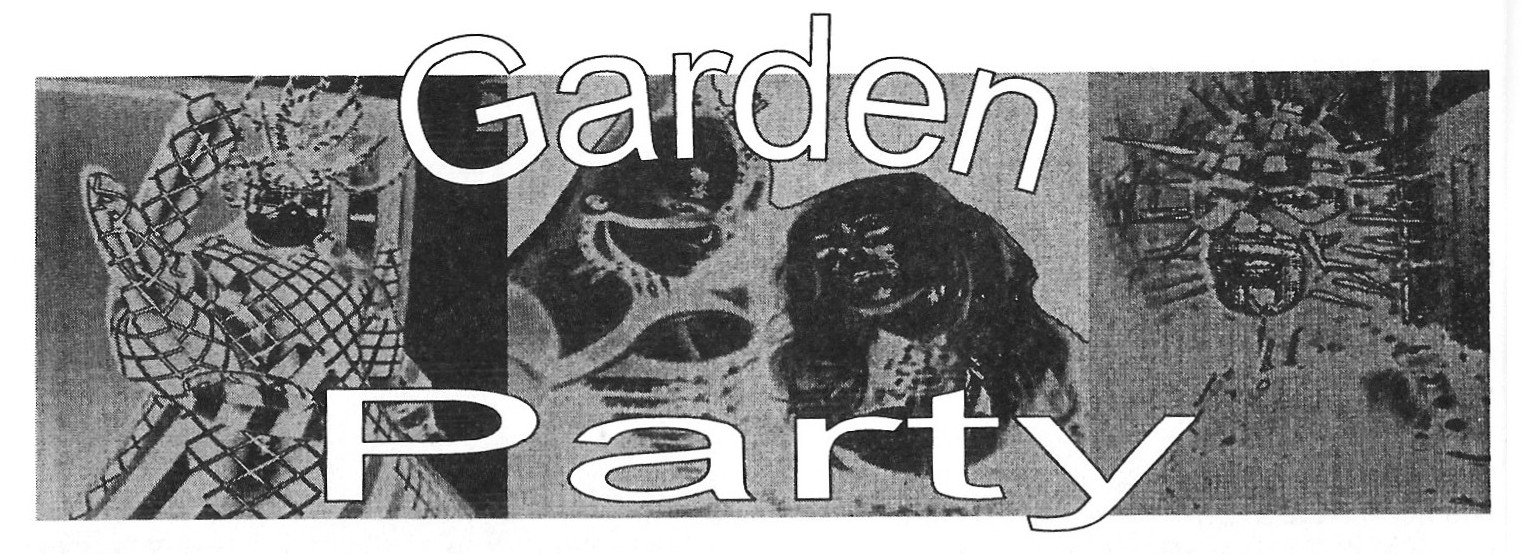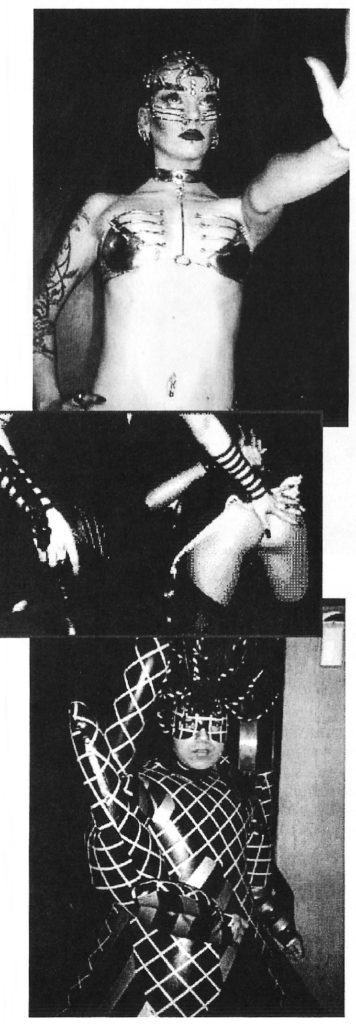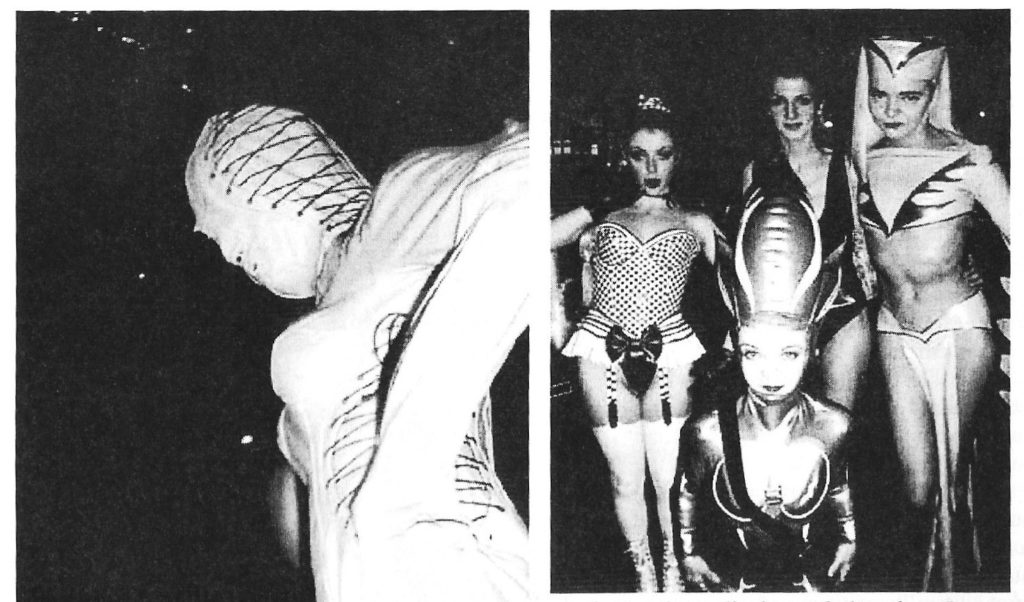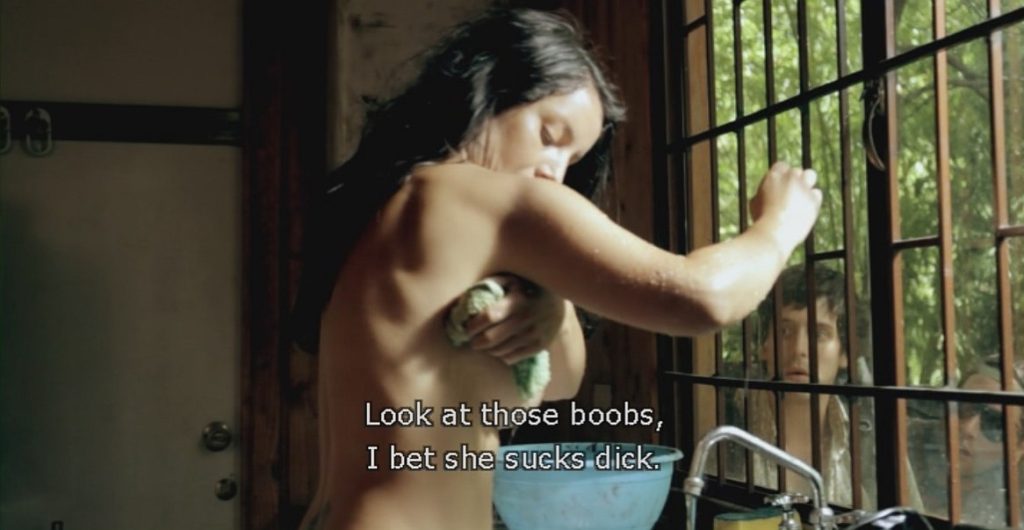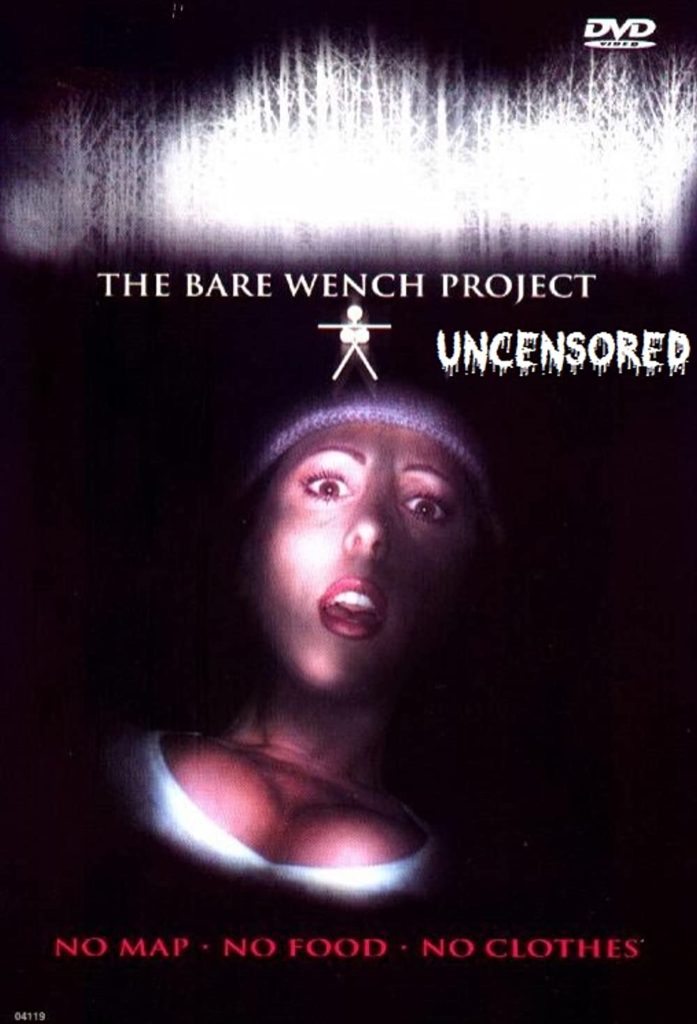The Tale of the Raven, Part 2
Following a disturbing vision of a futuristic, thought controlled fighter craft, Marc Lewes undertook research to explain away the imagery. Far from being deluded fantasy, he collated information from a variety of independent sources to conclude that, somewhere in the world, this awesome, horrific craft does in fact exist. He calls it the Raven.
“Raven, Black as pitch
Mystical as the Moon
Speak to me of magic,
I will fly with you soon.”
PART TWO – MAN MACHINE
The new fly-by-wire Eurofighter swoops and performs loops for the eager entourage, the “Fighter of the 21st Century”. It rumbles perfunctorily through the sky, the pilot having such a choice of the latest electronics to choose from. The new Marconi UUHF radio devices. The enhanced radar imaging, with contour mapping and foliage penetration capability for weapons aiming. FLIR, HUD, and enough cunning computerised counter-measures to make Machiavelli turn in his grave. Gradually the Tornado and Harrier will be phased out, leaving this machine supreme in European airspace.
But whilst millions upon millions have been poured into this project, started in the early 90’s, we still see little of interest, nothing to amaze, no revelatory hardware. The jet still screams away, it flies according to Cartesian co-ordinates and Newtonian laws. It sees as far as its sensors allow. For all its fairing and contouring, it’s still a conventional war machine. Dreamland (Area 51) stories aside, there seems to be no public awareness of any thought controlled aircraft. I began wondering just how prophetic my glimpse of the Raven was? How close was present day science to achieving such a fighting machine?
The highly unusual craft I had seen in my vision (perhaps a remote viewing episode?) was a symbiotic device, a melding of mind and machine, using non-linear interfaces. It was not a remote control prototype, a drone plane (as have already been tested by the U.S. military). The pilot was still an integral part of the device. In the coming months after the ‘vision’, I had sporadic flashes, almost a tuning in to the Raven – glimpses of its dark secrets. I remember with clarity the shocking image of the albino-like pilot, almost free-floating in some sort of fluid in the cockpit, embryonic, yet with acute awareness. Yet I saw no headsets, or direct links. Some sensors monitored the pilots bodily functions -endocrine system, adrenaline levels, and heart-function, but no neurological sensors as you might expect. Just a rudimentary bio-feedback coupling. In this article I will outline the science which might explain how the pilot would control the Raven with thought alone.
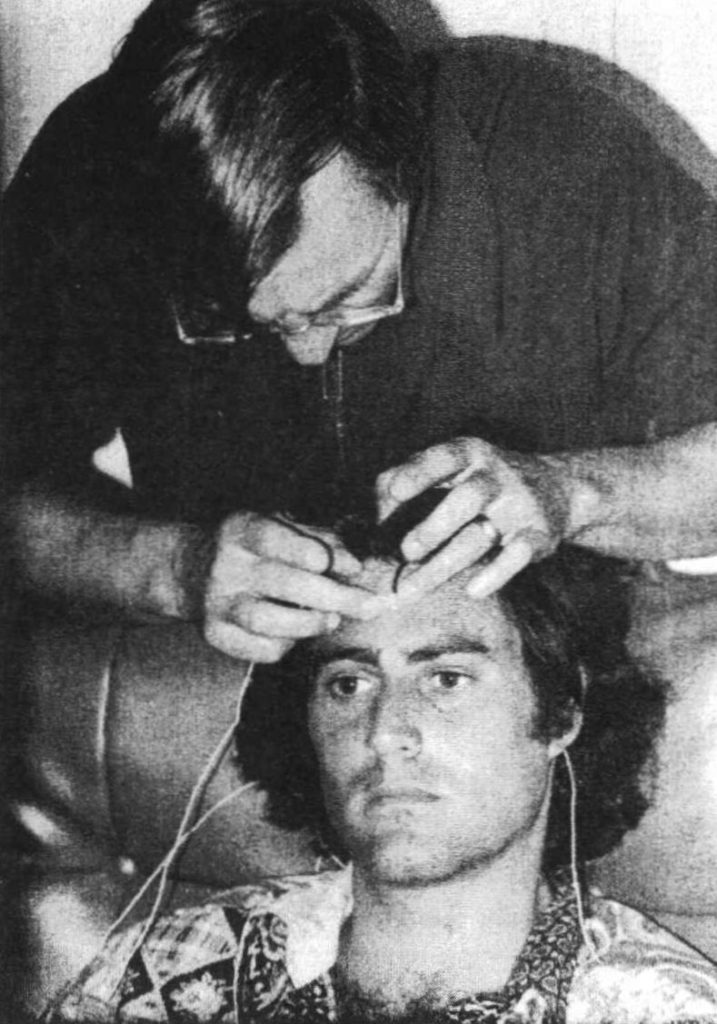
Time magazine (11/10/99) carried a retrospective piece on research which had taken place at Reading University Cybernetics department by Kevin Warwick in 1998. This man had experimented with the hard wiring of chips into the human CNS (Central Nervous Systems), creating a functioning, if not rudimentary, form of bio-feedback, the ramifications of which are obvious. By some strange quirk of fate, I had briefly met this professor back in 1988, when applying for an AI computer course at Reading. I remember even then the intriguing hardware that littered the lab: robotic arms, quirky machines, the hypnotic hum of the powerful mainframe lurking in another room like a Demon Seed prop. I could not have guessed that just a decade later this fairly ordinary man would be sending emotional signals via in-built chips in his body to his wife back at home, who had a similarly implanted device.
Interestingly, the professor recently gave a lecture at the Imperial College, London (September 2000) – “A revolutionary investigation into the nature of intelligence itself. A system which unites human, animal And machine intelligence for the first time with shocking results.” (my italics). So this type of research is taking place, but to what end? And why is there so little?
As is the unfortunate case with research institutes in Britain, besides being woefully underfunded, there is a distinct lack of forward thinking or bold experimentation. Whilst original thought is there, it is usually rejected or not acted upon, causing the so called ‘Brain Drain’ to America. However, I believe that the Raven is a joint-effort between this country and the US for reasons which will become clear in the coming articles. Surprisingly, one of the companies in the UK to which we might look to in further search of answers to the mind/machine conundrum has recently been bought by the US company, General Electric. This company, CDC, hides in the outskirts of Hastings, and is a military contractor.
For many years they have been working on Tornado weapons systems, having had a prototype touch-screen (Ordinance control) cockpit as far back as 1985, which I was lucky enough to play with, and thinking back, it was a shockingly pre-emptive system which gave rise to the ‘Arcade’ style gunnery of the Gulf War. They are currently working on a ‘Cognitive Cockpit’, and seem to be very reluctant to release any information regarding this R&D special. The testing and experimentation goes on in a high-security room, behind unwelcoming doors. Advanced HUD (Head up Displays) seem to be the crux of the project, and more ‘interactive’ systems operation, but the idea of thought activated systems seems to be a very real consideration.
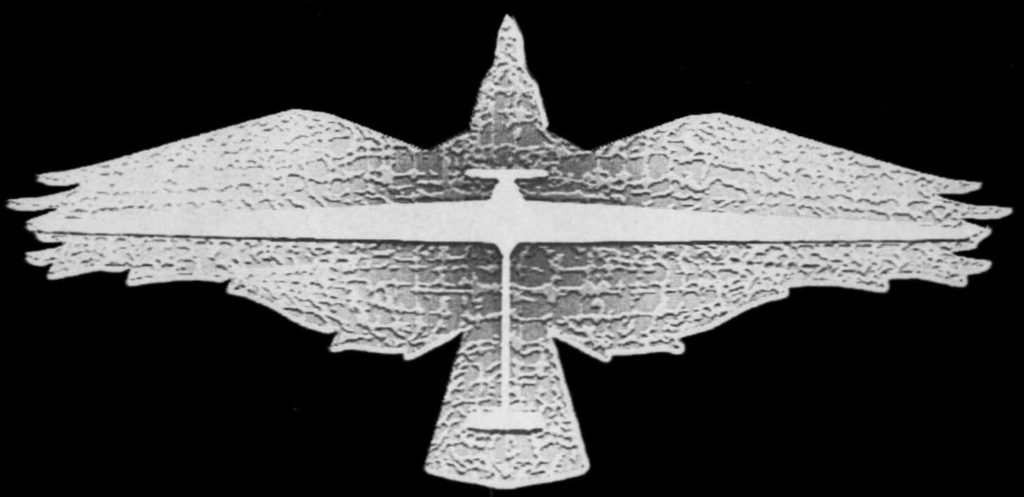
Stamford Research Institute, who are US military contractors, tested the Israeli ‘mystic’, Uri Geller in the 1970’s (picture above). Once unfairly debunked by critics for his spoon bending antics, this man still certainly has a strange power coursing through him. For what purpose did they wire up and measure the mental activity of a renowned psychic? Part of the Lawrence Pinneo experiments?
I wonder what reasons they gave him as he sat in that chair and let a scientist attach wires to his head? Was he allowed to see the resulting EEG trace, and does he know where the research information went to, and who used it? The institute are still undertaking top-line military projects, and were also involved in Project Stargate, the covert remote viewing project started in the 1980’s. Throughout the institute’s history, high level military officials have been visiting – one of whom was present for the Geller testing.
Another more high profile body who are also working on a ‘Cognitive Cockpit’ system are DERA (Defense Evaluation Research Institute), located near Farnborough. The nexus of these new style cockpits is increasing battle performance by reducing human error. Sensors embedded in helmets monitor pilots’ brain patterns, and with training, devices can be operated by specifically focused thought patterns, allowing near instant response times. On-board computer systems take over in the event of pilot black-out, bringing the plane back into safe flight until the pilot recovers out of a high-0 turn. DERA’s team are using exactly the same methodology and hardware that, if enhanced and evolved, would enable the Raven to exist.
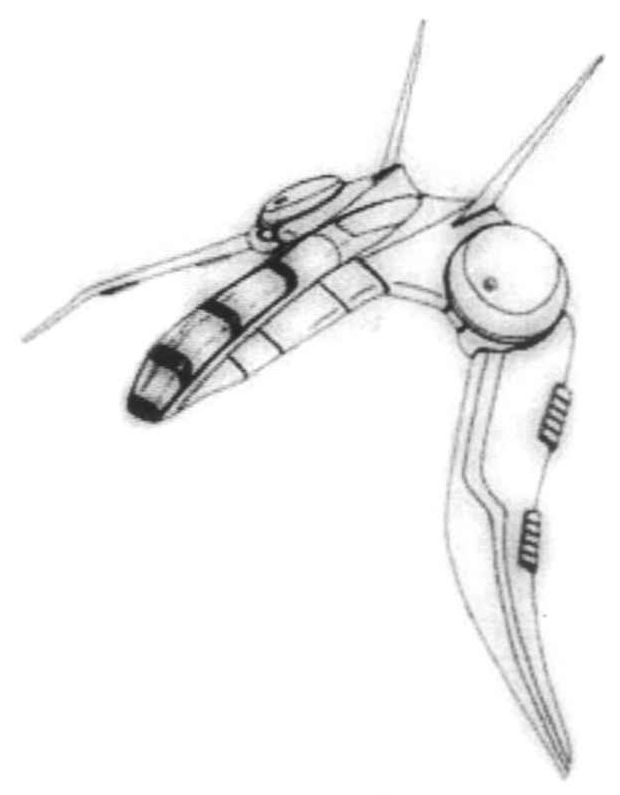
If all this sounds familiar it’s because it is, and it is meant to be. A soft-drip approach to availability of information, particularly ‘occult’ or alternative technology, seemed the modus operandi of the previous decade, where everything was absorbed into the accepted popular media and the average awareness of once radical procedures and scientific theories were discussed openly without alarm. All this immersion seems only to conceal and wrongly demystify such things, a mindless acceptability which sadly detracts people from considering the real, and more often than not, horrendous consequences. Ultimately, it is we that suffer, in direct proportion to these operations.
We suffer through military tax, through mis-information, through media-acceptance, through flash images of net surfing, and channel hopping. All the while, this craft lingers in the otherworld, being imagined, prepared, formulated and constructed. And whom does it serve? Of course, the minority – the decidedly warped minority as it transpires. Millions of pounds and dollars go in, suffering and a dangerous bubble of ego and power comes out. Military contractors profit, scientists proclaim post-experimental alarm and suddenly develop something that approaches a social conscience. It is not all right to defer blame by citing our defence needs’ and the unimpeachable acid flow of ‘scientific progress’. Their modus vivandi appears to be “We create to destroy”.
Suddenly the material world is derided by quantum physicists announcing that sub-atomic matter breaks all known laws – just as Einstein shattered the Newtonian Universe, they subvert his work -taking his unfinished theorems and corrupting and twisting them like the ruination of an innocent child. Morally, this is a criminal network. Think of the cowse of science in the areas I am talking about. The Raven craft would incorporate such despicable facets of ultra-science – microwave weaponry, EM propulsion/shielding, radioactive weaponry, thought control systems – and its creation would be beyond mere Blasphemy, perhaps something approaching the Devil incarnate – the Devil as machine. Just as quickly as they and the media denounce, ridicule and subvert anything paranormal, occult or of-the-other-medium, they invent their own black magic mathematical formulas, their own horrifying witchcraft, nearly always put to destructive use.

A melding of mind and machine – at work in the US – Los Alamos, at Lockheed, at Stamford Research Institute, Reading University, DERA, CDC, Harvard Physics Department and God knows where else. I found nearly every major aircraft company is currently funding and running R & D projects into thought controlled avionics systems. Once dreamt of by dark-Utopian sci-fi writers, and • now the mechanical posturing of deceived, or deluded scientists, under the wing of dangerous, ego-maniacal, politically motivated individuals.
In the next article I will give credit to those incredible scientists whose names have all but been forgotten, those who built the foundations for free energy systems and gravity devices – Nikola Tesla, T. Townsend Brown, John Hutchinson and the great John Searle (who was working on a manned anti-gravity craft in the 1970’s before being imprisoned on trumped up charges – his machine stolen by the Government!), and also delve into the machinations of the cartel who bought about the Dark Craft -The Aviary, Psi-Tech and other nefarious, mutually beneficial groups.

MARC LEWES – SEPTEMBER 2000
APOLOGY: In the last article I referred to the `Blackbird’ stealth plane as the SR-11. It is in fact the SR-71.
20

